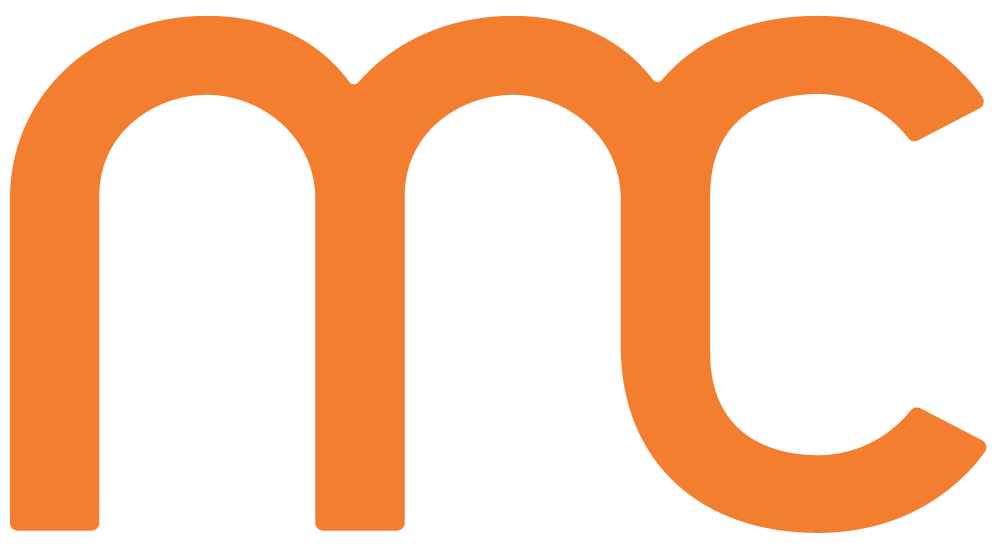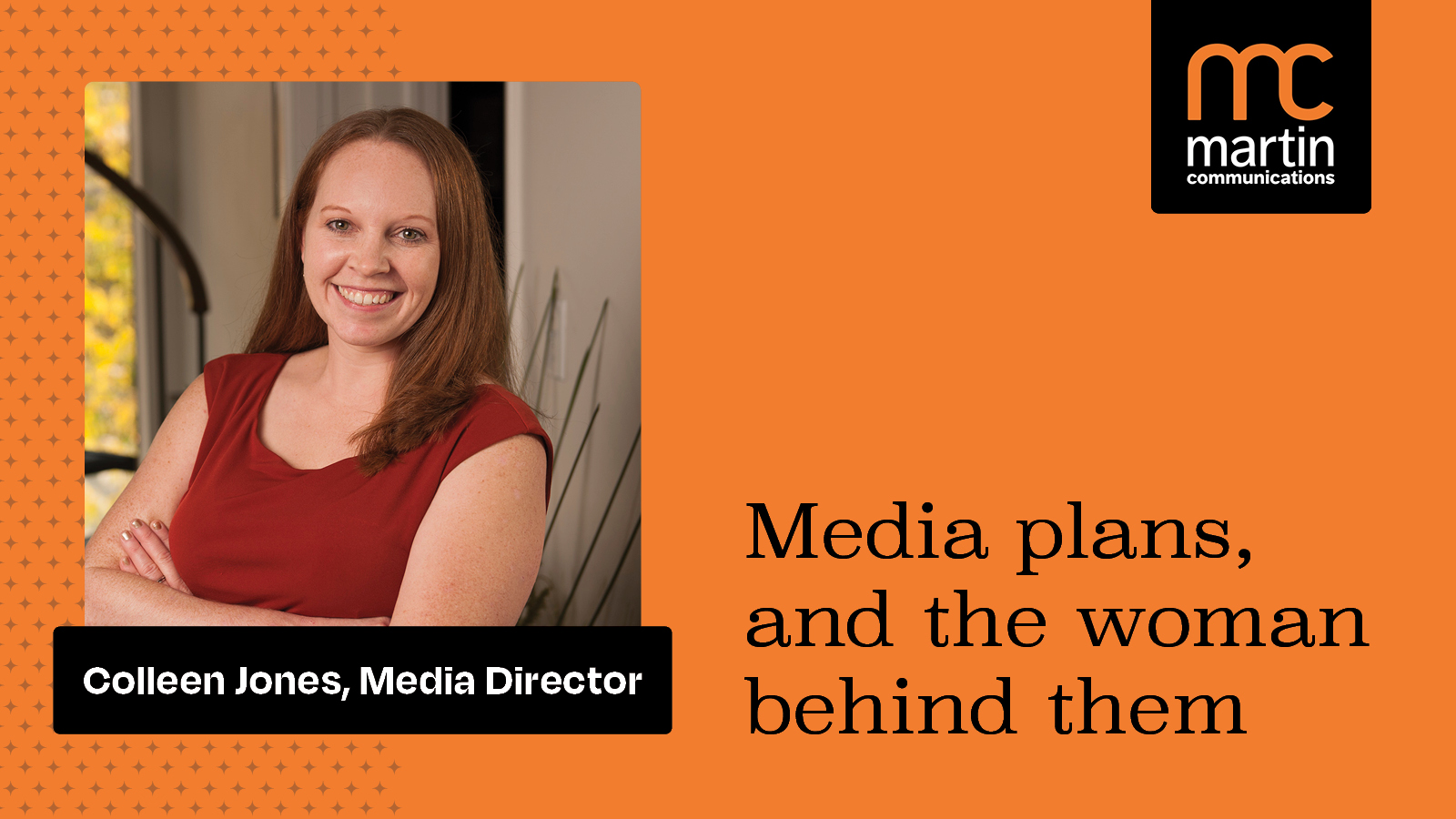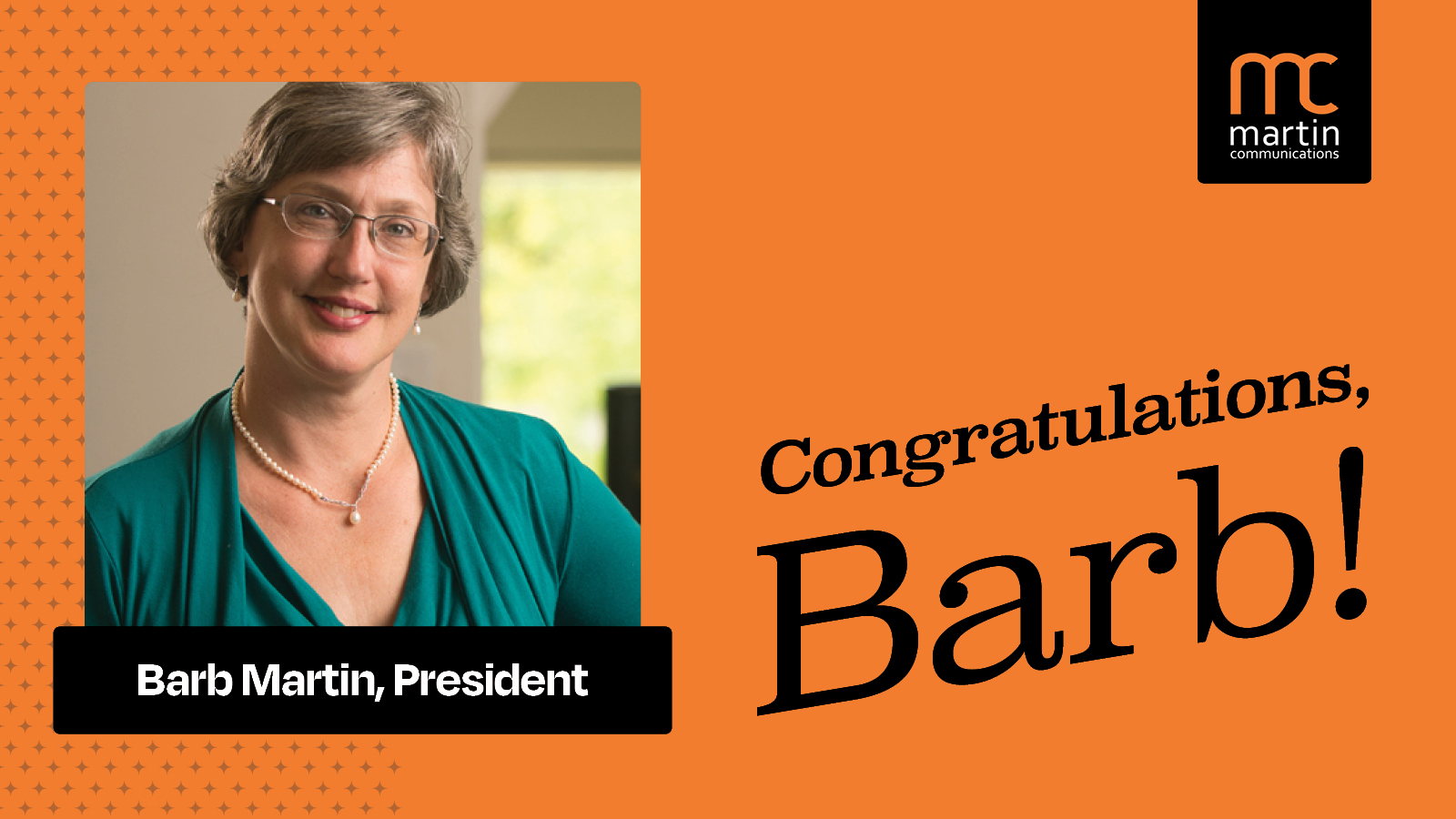Out-of-home (OOH) advertising, in particular billboards, provides an opportunity to reach large swathes of consumers with an always-on tactic.
It is essential to remember that not all boards and locations are created equal. When choosing your next spot, consider both visibility and location.
Visibility
Is the billboard on a well-trafficked highway? Or is it tucked away on the backside of a building?
When talking with your out-of-home representative, ask them the following questions:
- What are the primary traffic sources near the location? How far away from the billboard are those sources?
- Are there any obstructions, such as other signs or foliage, that block visibility?
- When is the highest volume of traffic? If that high volume is during twilight hours, ask if the board is lit (“illuminated”) and for what hours.
If you are in the market, consider driving by the location to confirm the ease of visibility. If you are not in the market, use mapping resources like Google Maps to see a recent view or ask your contact for an updated picture of the location.
Location
Who are you trying to reach with your advertising message? Does your target line up with the audience delivered by the offered location?
While out-of-home advertising offers fewer targeting options than its digital advertising cousins, it remains essential to consider the target audience. Consider the three examples below:
If your campaign promotes a general consumer service, for example: banking services, a more expansive, general audience is most likely preferred. A billboard that is highly trafficked, and in a highly visible area, will be worth a premium to reach a broad audience.
If your campaign is a more targeted offering, for example, bankruptcy services and credit relief, a billboard with less traffic but located in an area that indexes high for service usage would be an ideal placement.
If your campaign is focused on a specific audience, such as hiring a skilled workforce, a singular location can prove extremely valuable. For example, a billboard facing your competitor’s parking lot that showcases your hiring message to their current workforce.
In our home of Pennsylvania, advertisers and marketers can find some genuinely outstanding billboards across the state. Below are five examples:
 Bethlehem, PA
Bethlehem, PA
“This outstanding unit is situated on the Hill-to-Hill Bridge that connects Bethlehem to Allentown, this vibrant display sits on a bridge that has tremendous visibility and targets heavy commuter traffic and those traveling/commuting to area businesses, hospitals, colleges, the Wind Creek Resort Casino, Steel Stacks, ArtsQuest, and all points south in this part of the market.”
Denise Schmitt Katz
Sales Manager – Pocono Region
Adams Outdoor Advertising
 Chambersburg, PA
Chambersburg, PA
“All billboards are unique! Yes, they are a sign off to the side of a road watching the vehicles drive by. Yes, it can be the art on the board that leaps out and makes the sign more memorable. And, yes, to me, after nearly 18 years in the OOH business, they are so much more. This sign represents the community sharing upcoming events and announcing celebratory wins, small businesses wanting to expand and hire, locally, and large brands wanting to impact and educate. This particular sign is our ‘Times Square’ site near our headquarters in Chambersburg, PA. It’s visible to northbound and eastbound travelers, resting at the intersection of Route 11N and Route 997, with red lights, gas stations and restaurants. It’s nearly a true square at 20×25, and hosts 1,012 ads per day! We encourage our advertisers to showcase their art story by allocating percentages of those daily ads to key areas of their business; areas with the most momentum and areas that need attention. Beyond what you can see, this board also provides demographic and behavior impressions. Exciting!”
Dusky Rankin
Vice President of Sales
Kegerreis Outdoor Advertising
 Philadelphia, PA
Philadelphia, PA
“For us, all billboards are interesting in their own way depending on location, size, creative, etc. However, nothing stands out more than our vertical units. We’re so used to seeing the typical 14×48 or 20×60 billboards, so when you drive past a vertical bulletin, you can’t help but look! They stand high in the sky and are structurally appealing. You won’t see them often because they’re rare – which is what makes them so unique and one of our favorites! Vertical billboards are unique to the Philadelphia landscape and stand out, providing eye-catching results for our clients along the highly sought-after Roosevelt Expressway. Our vertical unit is tall and powerful as it relates to readability and standing apart from the crowd.”
Lisa DiFelice
Chief Revenue Officer
Keystone Outdoor Advertising
 Harrisburg, PA
Harrisburg, PA
“Strategically located at the intersection of I-83 and PA-581, this billboard targets customers driving from multiple locations making it a key unit in the area. Traffic moving onto PA-581 from points south on I-83 can’t miss a message conveyed on this six-slot digital billboard. Also, those who have crossed the ‘south’ bridge from the Harrisburg area will pass by this digital bulletin making it a multi-faceted multi-customer location.
As the largest size allowed in our state, panel #88803 is 14 feet tall by 48 feet wide. Sitting high atop the highway, you cannot miss the bold bright messages displayed at 6-second intervals.
This board, located in Lemoyne Borough, will reach those headed to Camp Hill or Mechanicsburg for shopping or dining; reach those headed home from their state jobs in Harrisburg, and grasp the traveler passing through Harrisburg on their way to points south via US-15 or I-81, with exits not too far ahead.
Advertising here gets your business in front of a variety of customers coming from many different locations. If you are seeking exposure, this is the board for you!”
Andy Rebuck
VP/General Manager
Lamar Advertising
 West Conshohocken, PA
West Conshohocken, PA
“Our West Conshohocken Monument creates a space engrained within the community. With a living wall, clocktower, and water wall – this is not just another billboard, but an opportunity to be part of the community landscape. This one-of-a-kind digital installation sits along the Schuylkill Expressway in West Conshohocken — reaching audiences from major highways such as the PA Turnpike, 476, 422, and 202 towards Philadelphia.”
Todd C. Jones
Outfront Media USA
Do you want help finding the ideal billboard to promote your message? The media team at Martin Communications can help you find the perfect spot. Reach out today and let us help you with your advertising placement.

















 Bethlehem, PA
Bethlehem, PA Chambersburg, PA
Chambersburg, PA Philadelphia, PA
Philadelphia, PA Harrisburg, PA
Harrisburg, PA West Conshohocken, PA
West Conshohocken, PA